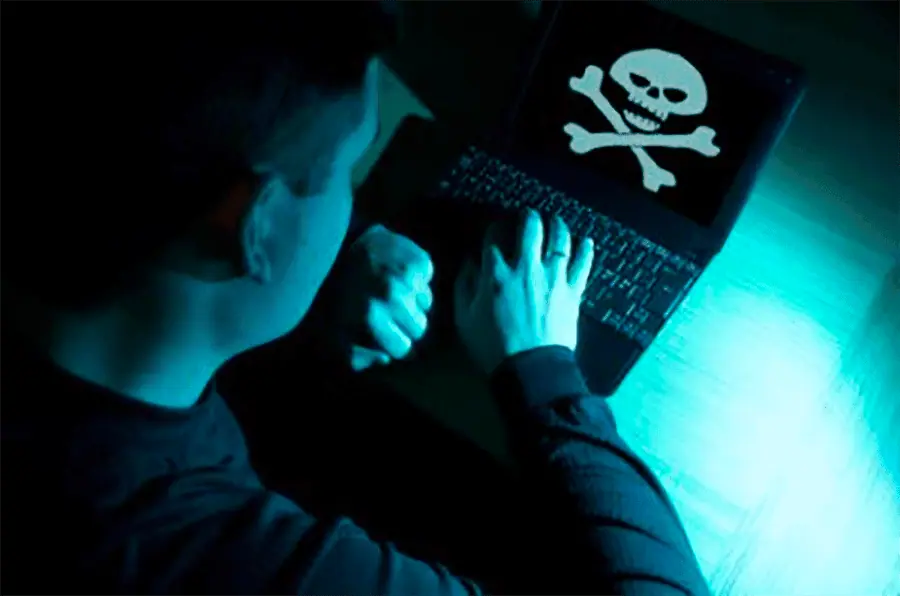Whether you’re a digital content creator, software developer, or graphic designer, you likely spend countless hours to polish your work. Isn’t it dishearterning to see someone else use part of your work or copy it without your permission? Worse still, they may not even give you any credit.
The most unfortunate thing is that the vast expanse of the internet has made it extremely challenging to find and remove such instances of copyright infringement. But there’s light at the end of the tunnel in the form of a DMCA takedown.
If you’re a creative professional or programmer, you’ve likely comes across DMCA a few times already. A DMCA takedown is the only way to safeguard your IP rights and prevent unauthorised use or duplication of your work.
In this blog, we’ll take a closer look and understand what is DMCA takedown. We’ll also delve deeper into the process of issuing a DMCA takedown notice. Let’s get started.
What is DMCA Takedown?
Simply put, DMCA or the Digital Millenium Copyright Act is a U.S. copyright law. It aims to protect the IP rights of artists, content creators, software developers, gamers, musicians, filmmakers, photographers, product developers, and other creative professionals.
DMCA takedown is the process of issuing a takedown notice and getting any infringing or plagiarized content removed from the internet. Typically, when you stumble upon any content, product, app, etc. that violates your copyright, you can issue a DMCA takedown notice to the owner/creator of the content/product.
Alternatively, you can send a takedown notice to the respective website admin, hosting service provider, and even the ISP. You can also send takedown notices to search engines such as Google and streaming platforms such as YouTube, SoundCloud, etc.
It is, however, worth mentioning that DMCA gives a sort of “safe harbor” to online platforms like Google, Facebook, YouTube. These platforms aren’t obligated to constantly monitor the content that is being uploaded. But if a copyright violation is reported, they’re legally bound to remove the plagiarizing material.
How to Do a DMCA Takedown?
The first step of DMCA takedown is to monitor search engines, websites, e-commerce stores, and content platforms. The goal is to find any instance of plagiarism or unauthorized use of your copyrighted work. Whenever you find any instance of copyright violation, you need to validate and confirm plagiarism.
The next step is to send a DMCA takedown notice. You need to send the notice to the owner of the infringing material/content and other parties such as webmaster, hosting service, etc. Upon receiving the notice, the owner of the plagiarizing material can choose to take it down or issue a counter-notice.
If you send a takedown notice to the webmaster or ISP, they’ll remove the infringing content and notify the owner. It’s up to the owner to send a counter-notice. If you receive a counter-notice, you need to respond with an appropriate lawsuit within the 14 days. Otherwise, the ISP or website admin will restore the infringing content/product.
How Do I File a DMCA Takedown?
While there isn’t a standard format for a DMCA takedown notice, you should include the following details:
- Your name and contact information
- Name and URL of the copyrighted material
- Name and URL of the infringing material
- A statement of good faith belief stating that you have good reason to believe that your content has been plagiarized or illegally used
- A statement of accuracy stating that the information you’ve included in the notice is true to the best of your knowledge
- Your electronic signature
Typically, you’ll have to find the address of the ISP, hosting provider, or owner of the infringing material and mail it to them. Platforms such as Google and YouTube also have dedicated forms where you can fill in a few details to send a takedown notice.
Image via Google
Are DMCA Takedown Notices Public?
Most online platforms such as YouTube, GitHub, etc. post the DMCA takedown notices they receive to their public repositories. For instance, if you issue a takedown notice on YouTube, a public record of the notice is created and your name becomes a part of it.
Get Expert Help from DMCA Takedown Services
Even if you understand what is DMCA takedown, issuing a notice and following up with the recipients can be challenging. Moreover, tracking every instance of plagiarism of your work across the internet is a herculean task. You can save yourself the hassle by hiring a credible and trusted DMCA takedown service to handle the process on your behalf.

